1. The Midnight Tractor Parade

Every December, some small towns light up their tractors instead of their houses. Farmers deck out their John Deeres and Case Internationals with thousands of Christmas lights, forming glowing convoys that roll through town at night. To an outsider, watching a silent line of illuminated tractors crawl through the dark might feel surreal — like a slow-moving ritual. But it’s just the agricultural community’s version of holiday spirit.
The tradition started as a way to honor the role of farmers in local life and to spread cheer during the off-season. Locals take it seriously — some spend weeks wiring up their rigs. Children wave from sidewalks, and everyone cheers as the “Santa tractor” rolls by at the end. It’s humble, a little weird, and entirely heartfelt.
2. Homecoming Parades and Bonfires
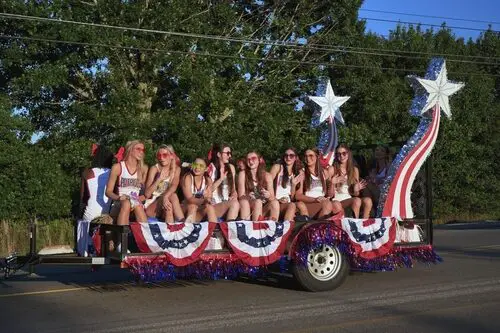
In small towns, homecoming isn’t just a football game — it’s a week-long celebration that borders on theatrical devotion. Students decorate floats, alumni return from miles away, and the night before the big game, there’s a roaring bonfire that looks straight out of a pagan festival. Outsiders sometimes get nervous when hundreds of people gather around a blazing pile of wood, chanting school slogans under the stars. But it’s really a spirited pep rally — fire as a symbol of pride, not sacrifice.
The bonfire tradition traces back to the early 1900s when rural schools used it to signal the start of fall sports. Over time, it became a multigenerational event where grandparents and kids stand side by side, faces glowing in the firelight. The chanting and energy might seem intense, but it’s about belonging, not belief. It’s one of the few times a whole town moves in unison, cheering for something purely communal.
3. The Courthouse Christmas Tree Lighting
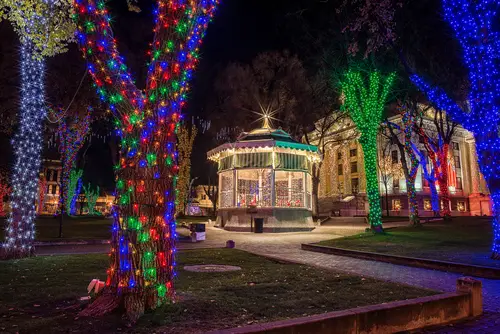
In many small towns, the annual courthouse tree lighting is the social event of the season. Everyone shows up bundled in scarves, sipping cocoa, waiting for the mayor to flip the switch like it’s a sacred rite. Outsiders sometimes find the reverence a little eerie — the crowd goes silent, the lights flicker on, and a collective cheer echoes through Main Street. But really, it’s less about mysticism and more about community pride and nostalgia.
These events often date back to the early 20th century, when electric lighting itself was a marvel. For residents, it’s a moment that connects generations — grandkids standing where their grandparents once did. The hush before the lights glow isn’t worship; it’s anticipation. It’s a simple, heartwarming way of saying, “We made it another year together.”
4. The Firemen’s Chicken BBQ
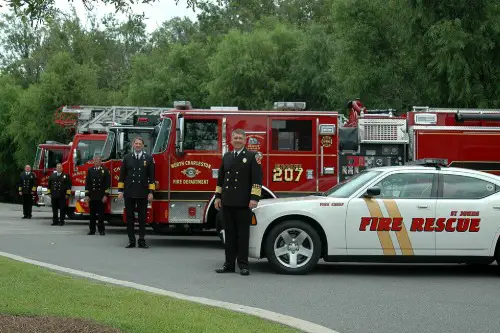
Small-town fire departments are known for hosting massive community barbecues — whole chickens grilled over open pits by volunteers in matching shirts. The smoky aroma fills the air for miles, and locals line up before dawn to get their half-chickens and secret-recipe baked beans. To outsiders, the uniformed cooks moving in rhythm with their tongs might look oddly synchronized — almost ceremonial. But really, it’s about teamwork, tradition, and raising money for the local firehouse.
These BBQs go back decades and often fund the town’s only emergency equipment. The rituals — the early start, the shared recipes, the folding tables under pop-up tents — are all part of the charm. Locals will tell you there’s no better-tasting chicken on Earth because it’s cooked “for the town, by the town.” The sense of unity makes it look choreographed, but it’s fueled by community spirit, not secret vows.
5. The Blessing of the Fleet
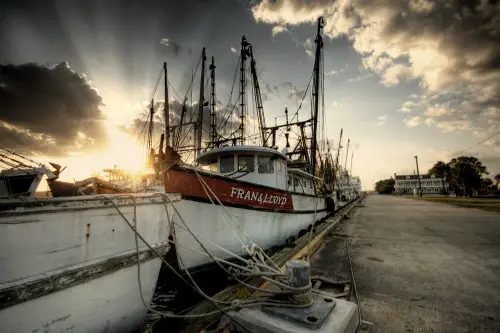
In coastal and lakeside towns, fishermen often start their season with a “Blessing of the Fleet.” Clergy gather at the docks to sprinkle holy water on boats while the townsfolk watch solemnly. Outsiders might see this as some sort of waterborne rite — men in boots bowing their heads before setting sail. But it’s actually a safety ritual, rooted in centuries-old maritime tradition.
It’s meant to honor those lost at sea and to wish good fortune for the season ahead. Boats are often decorated with flags and flowers, transforming the harbor into a floating celebration. The blessing has Christian origins, but its meaning today is mostly communal — a shared hope for safe returns. To locals, it’s both reverent and reassuring, not mystical at all.
6. Lawn Mower Races
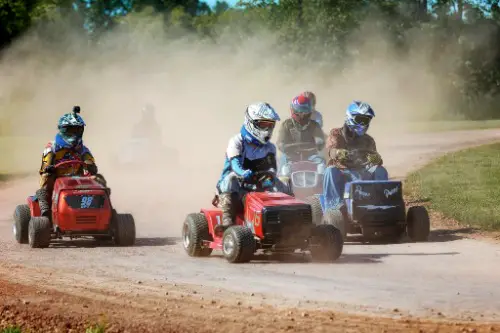
Yes, lawn mower races are real — and in many small towns, they’re treated like the Indy 500. People strip down riding mowers, add tiny engines, and race them through muddy fields while crowds cheer wildly. If you stumble upon one without context, the spectacle of adults in helmets circling dirt tracks on yard tools might feel absurdly ritualistic. But for locals, it’s equal parts humor, engineering, and tradition.
These races often start as charity events, raising funds for volunteer fire departments or youth programs. The same families return year after year, customizing their mowers like proud mechanics. The races end with trophies, potluck dinners, and bragging rights that last all season. It’s ridiculous in the best way — small-town joy disguised as ceremony.
7. Sunday Potluck Suppers
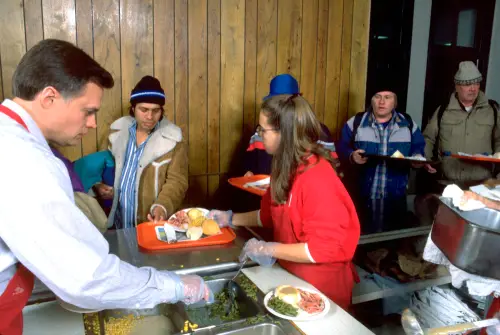
In many towns, the church basement is where culinary magic — and deep fellowship — happen. After Sunday service, families file in with casseroles, pies, and macaroni salads, creating an endless buffet of comfort food. To someone new, the synchronized prayer circle and neatly labeled dishes might feel a bit formal, almost cult-like in their order. But really, it’s a weekly ritual of care and connection.
Potlucks started as practical community meals when money was tight, and they’ve endured because they bring everyone to the same table. The “assigned” dishes and shared recipes aren’t rules — they’re acts of tradition. You bring what your grandmother brought, and you share it proudly. It’s less about faith and more about fellowship.
8. The Apple Butter Stirring Festival
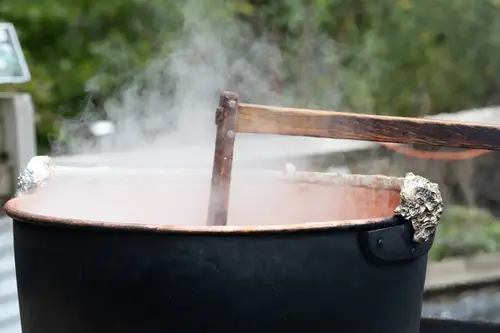
In small towns across Appalachia and the Midwest, apple butter stirring is serious business. Locals gather around copper kettles at dawn, stirring mashed apples for hours over open fires. Outsiders sometimes find the chanting rhythms of the stirrers — turning in unison with long paddles — oddly hypnotic. But the only thing being sacrificed is time and muscle power.
This tradition dates back to the 1800s, when making apple butter was both preservation and celebration. Families come together every fall to keep the custom alive, often selling jars to support local causes. The process takes nearly a full day, and it ends with singing, storytelling, and, of course, taste-testing. It’s not a rite — it’s a recipe in motion.
9. The High School Marching Band Rehearsal
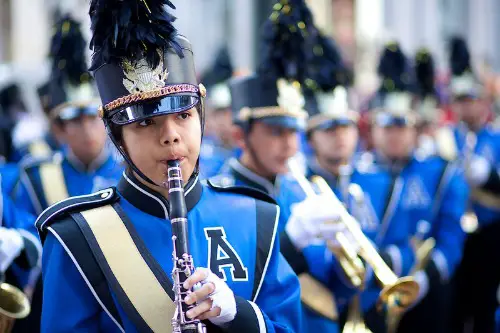
Every fall, if you’re near a small-town stadium at dusk, you’ll hear drums echoing across the fields. Marching bands practice for hours under floodlights, running the same formations again and again until it’s perfect. To outsiders, the regimented movements and commands — “mark time!” “halt!” “reset!” — can sound eerily militaristic. But for students, it’s pure teamwork and pride.
Marching bands are the heart of Friday night football, and their dedication borders on art. Parents bring snacks, neighbors watch from their porches, and everyone knows when it’s “band camp week.” The precision isn’t about control — it’s about excellence. And when they finally march under the lights, the whole town swells with pride.
10. The County Fair Livestock Show
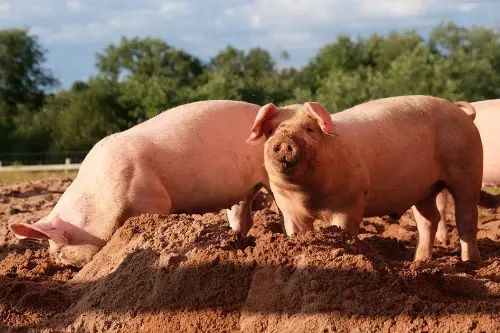
At first glance, a livestock show can look like a strange ceremony: kids in pressed shirts leading squealing pigs before solemn judges. The serious faces and hushed crowds might make it feel ritualistic to anyone unfamiliar. But in truth, it’s just the culmination of months of hard work and agricultural education. These kids aren’t worshipping their animals — they’re celebrating them.
Livestock shows are part of 4-H and FFA programs that teach responsibility and animal care. The routines — brushing, posing, parading — follow generations-old guidelines meant to ensure fairness. To townsfolk, the show ring is a stage of pride and accomplishment. What looks ceremonial is simply the small-town version of a victory lap.
11. Cemetery Decoration Day
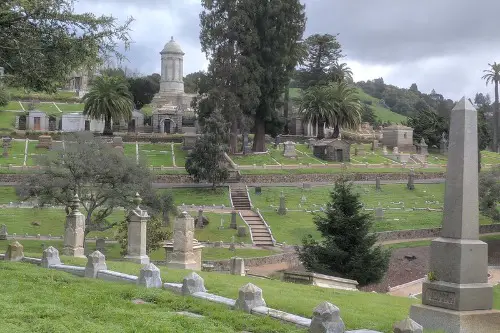
In many southern and Appalachian towns, families gather once a year to clean and decorate ancestral graves. They bring flowers, picnic baskets, and folding chairs, spending the day tending to loved ones’ resting places. Outsiders often find it eerie — families laughing and eating among tombstones. But for locals, it’s a day of remembrance, not mourning.
Decoration Day predates Memorial Day and often blends family reunion with spiritual reflection. Kids play tag between headstones while elders share stories about those buried there. It’s both practical and poetic — caring for the dead while celebrating life. It’s not macabre; it’s deeply human.
12. The Groundhog Day Celebration
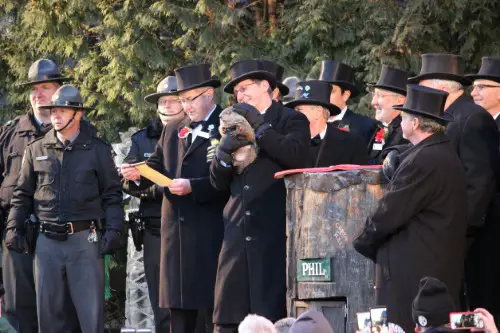
Punxsutawney, Pennsylvania, may be the most famous, but dozens of towns have their own version of Groundhog Day. People gather before sunrise to watch a costumed “weather prophet” pull a sleepy groundhog from its burrow. Outsiders see it as bizarre — men in top hats cheering over a rodent’s shadow like it’s divine revelation. But it’s really small-town theater at its finest.
The tradition stems from old European Candlemas customs, brought over by German settlers. Over time, it turned into a quirky civic festival complete with breakfast, bands, and puns. Locals know it’s tongue-in-cheek, but they love it anyway. It’s proof that small towns don’t take themselves too seriously — even when it looks like they might.
This post 12 Small Town Traditions That Outsiders Mistake for Cult Rituals was first published on American Charm.


